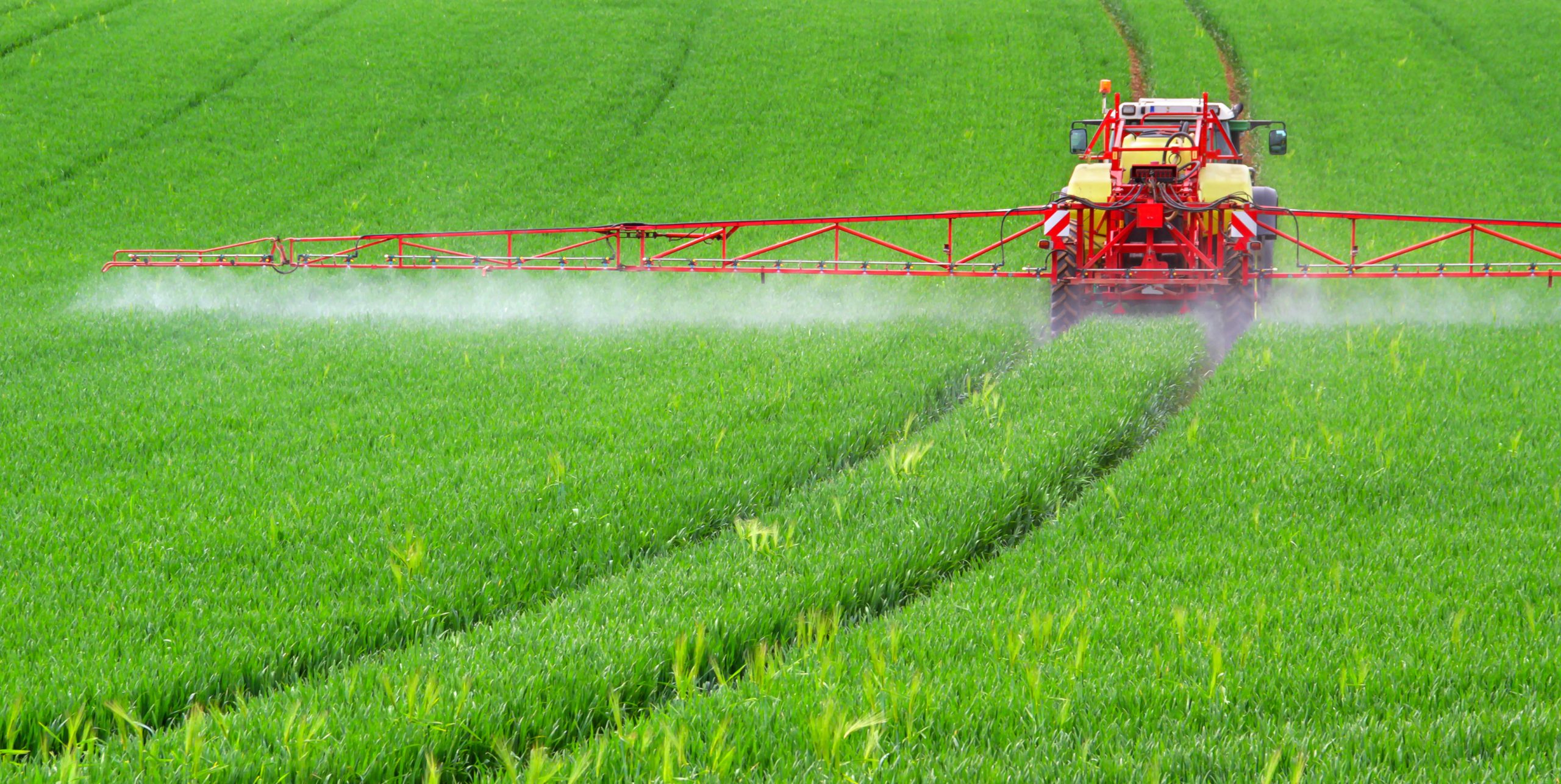By: Thom Weir, Senior Precision Agronomist
As discussed in a previous blog, the spring of 2017 is going to be challenging on several fronts. Fertilizer is one that should also demand a lot of attention. You may not be able to fertilize your crops with the same plan that you have used in previous years. This may be due to time, equipment or fertilizer availability restrictions.
Whatever the reason, there are several options available for farmers to effectively apply fertilizer this spring. The key things a grower needs to know is that all methods of application do not have equal efficiencies with regards to fertilizer utilization.
The following are key methods of application available.
1. Spring Banding:
A grower could band the same product he usually uses (urea 46-0-0 or anhydrous ammonia 82-0-0) in the spring. In fact, spring banding is the gold standard to which all other product placement and/or specialty product is compared. Other products such as potash, sulphur and phosphate can all be effective when banded. With phosphate, though, it is recommended to seedplace at least 10 – 15 lbs (P2O5).
2. Seedplaced:
This option can be used when low to moderate nitrogen rates are required. The limits to the amount of seedrow fertilizers have been well researched and are presented on provincial agriculture websites. These numbers have been developed using research trials under a variety of conditions. They are based on based on soil texture, moisture, seedbed utilization (SBU) and crop grown. These recommendations recognize that a 15% seedling stand reduction can occur but will not impact yield or maturity. It is important to follow these recommendations to avoid yield impacting damage. Seedplacing at least some phosphate (see above) is recommended. Potash and sulphur can also be seedplaced but must be taken into consideration when calculating safe fertilizer rates.
3. Side Banding:
Usually, a crop’s full requirement for nitrogen fertilizer can be applied at seeding as a band if there is adequate separation between the fertilizer and the seed row. Nitrogen must be placed at least 1 inch to the side of the seed row if solution or dry N is used, 1.5 inches to the side and below for urea and 2 inches below and beside the row if anhydrous ammonia is used. Several side banding openers are available to provide adequate nitrogen separation. This method can also be used for some or all sulphur, potash and phosphate application.
4. Broadcasting prior to seeding:
Tillage during conventional seeding operations may be sufficient to incorporate either urea or UAN solution (28-0-0). If these fertilizers are left on the soil surface, there is a risk that nitrogen will be lost due to volatilization or “gassing off.” If there is not enough soil coverage, a urease inhibitor such as Agrotain can be used to decrease the risk of volatilization losses. The addition of one-third to on-half of the total N requirement in the seedrow can improve the overall N use efficiency of this method – providing this rate is within the “safe” levels per provincial recommendations based on soil texture, moisture, SBU and crop grown. The average efficiency for broadcasting is rated lower than spring banding, but similar to fall banding for many black soil zone soils. While potash and sulphur products can be effectively broadcast, studies have shown that phosphate is only 20 – 30% as effective as when it is side banded or seedplaced.
5. Broadcasting post seeding:
Again, urea or UAN solution may be used. A third option could be using ammonium sulphate (21-0-0-24) or ammonium thiosulphate liquid (12-0-0-24). These products are often used with a crop such as canola or where large amounts of sulphur fertilizers are required. As well, a small amount of ammonium thiosulphate mixed in with UAN solution has been shown to have some urease inhibition, but not to the level of a product like Agrotain. It should be noted that, at best, a broadcast application will seldom reach the nitrogen use efficiency of spring banding. Again, the addition of one-third to one-half of the total N requirement in the seedrow can improve the overall N use efficiency of this method. The caution statements under seedplaced should be observed. Again, potash and sulphur products can be effectively broadcast, studies have shown that phosphate is only 20 – 30% as effective as when it is side banded or seedplaced.
6. Top dressing:
Top dressing a crop with fertilizer, especially nitrogen, can be carried out any time through the growing season. Urea, UAN solution, ammonium sulphate and ammonium thiosulphate liquid can all be used. It is recommended that products containing urea (urea and UAN sol’n) should be used with a urease inhibitor. The timing of a top-dress may be dictated by growing conditions. Applications made prior to a rainfall will be more effective than those followed by a dry period. It should be noted that the vast majority of the uptake of these products are through the roots and not the leaves. The later a top dress application is made, the less likely it is to improve yield. However, research information indicates that later applications (flag leaf and beyond) are likely to improve the overall protein content of cereals. There are products that contain nitrogen chemicals that can be absorbed more readily through the leaves but these products are significantly higher priced than traditional products. Like the previous 2 discussions, the addition of one-third to one-half of the total N requirement in the seedrow can improve the overall N use efficiency of this method. Sulphur can be effectively top dressed. Other major nutrients are not as effective as a top-dress application.
The other recommendation is, if you were unable to get your soil sampled in the fall, spring sampling can still be done and provide an accurate indication of your soil’s nutrient requirements.

